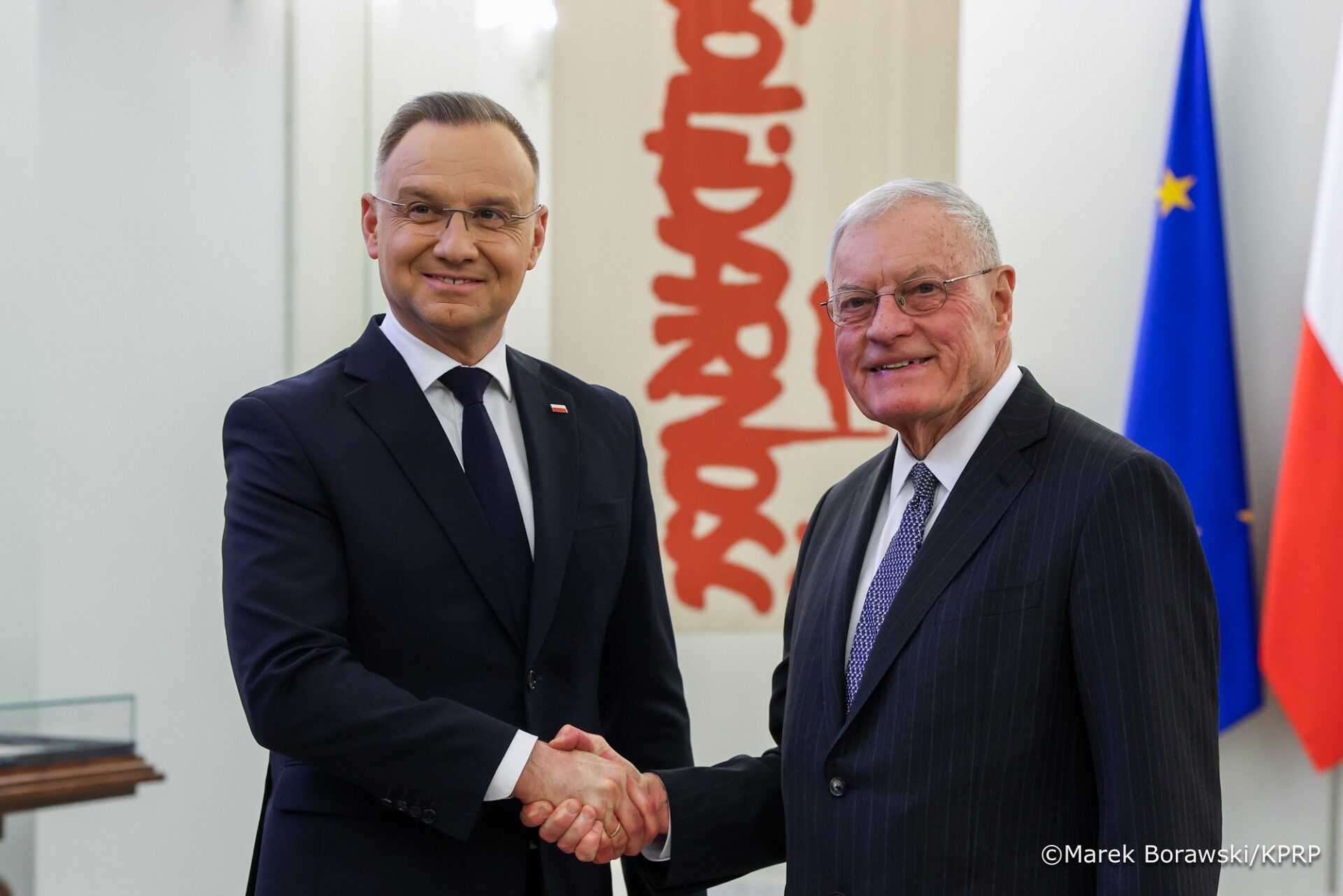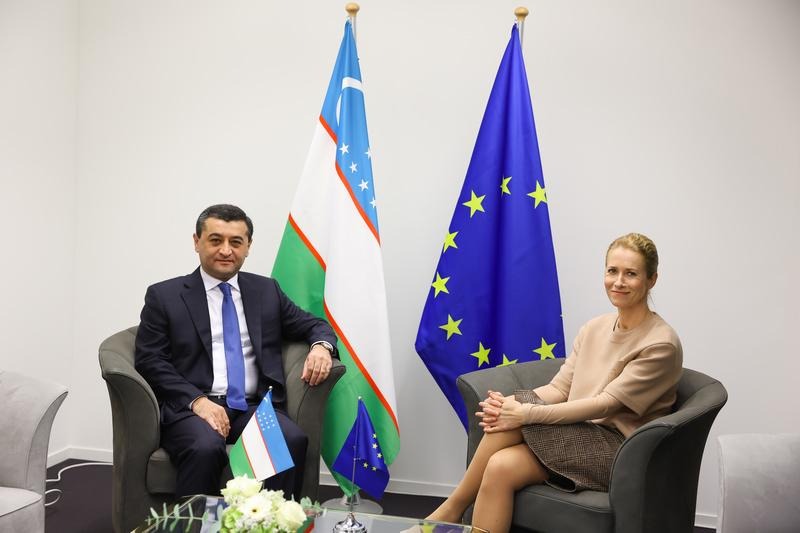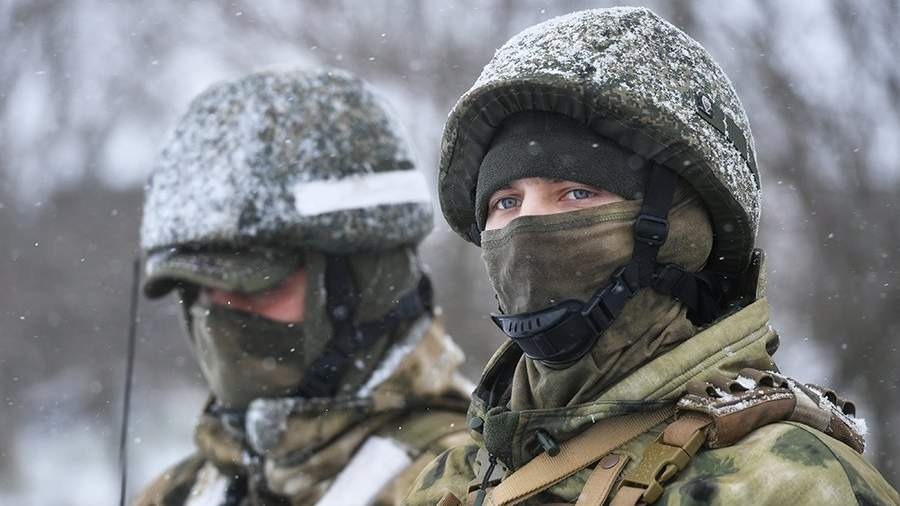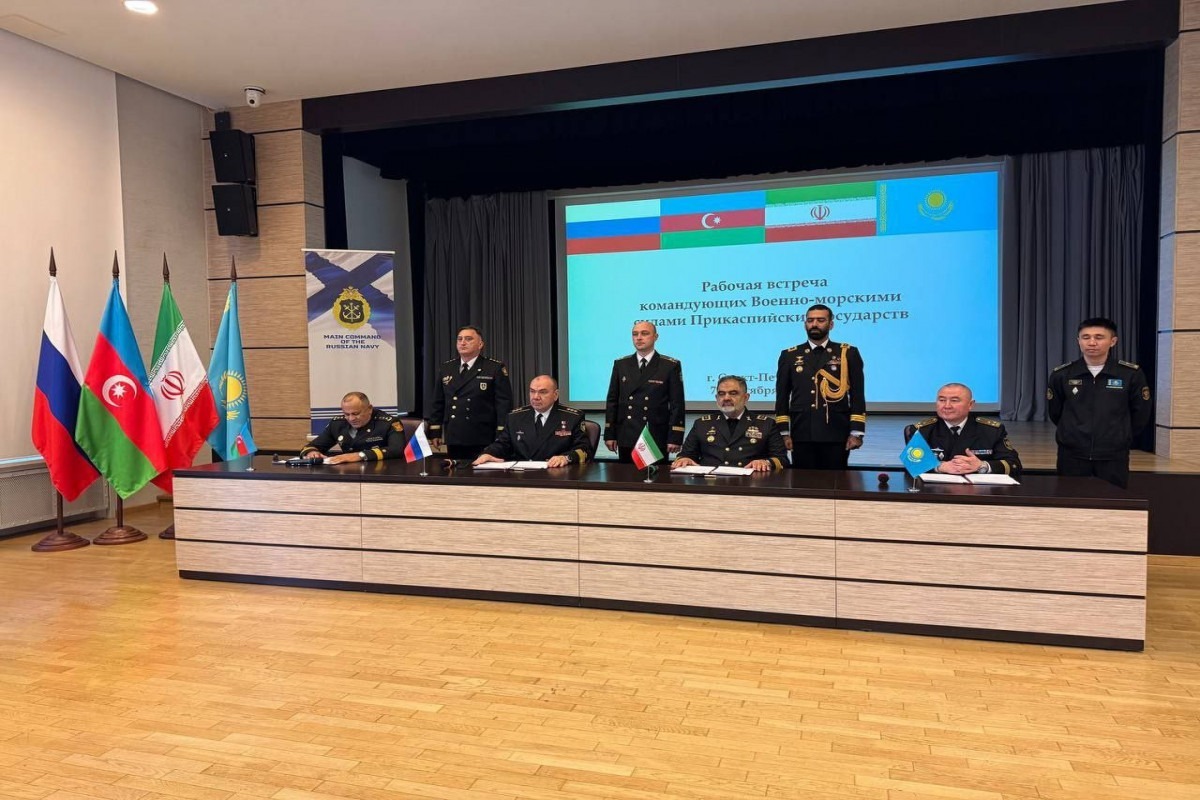
Poland Caught in the Middle of Diplomatic Maneuvers Affecting European Defense and Security
Poland Caught in the Middle of Diplomatic Maneuvers Affecting European Defense and Security
Executive Summary:
- Poland is navigating internationally to maintain the unity of the North Atlantic alliance while anticipating a European defense structure without the United States.
- U.S. officials have praised Poland as a model for NATO states to emulate in terms of defense spending and military capabilities.
- Warsaw is at the forefront of urging NATO members to significantly boost defense spending and build up their military industries, given the rising threat from Russia.
Poland has recently been caught in the middle of intense diplomatic maneuvers affecting European defense and security. As the largest front-line state facing Russia, Poland is navigating to maintain the unity of the North Atlantic Treaty Organization (NATO) while engaging in discussions over a European defense structure without the United States. Poland’s diplomatic maneuvering skills have been put to the test over the past week in particular following a series of statements and policy initiatives by U.S. President Donald Trump administration officials regarding Russia’s war against Ukraine and U.S. commitments to NATO.
Over the past week, a number of U.S. officials have issued statements with which Poland has attempted to navigate as a both close partner of the United States and a committed NATO ally. The earliest of these remarks was by U.S. Secretary of Defense Pete Hegseth who, at a press conference following the NATO Defense Ministers Meeting in Brussels, questioned expectations that the U.S. military will be a permanent guarantor of European security (US Department of Defense, February 13). Hegseth urged NATO to significantly boost its defense spending, dismissed the likelihood that Ukraine could reclaim its pre-2014 borders, stated that U.S. troops would not participate in any peace-keeping force in Ukraine, and ruled out allowing Ukraine to join NATO. He later reformulated some of his statements in support of Ukraine’s sovereignty after being criticized for making concessions to Russia even before negotiations had begun (Kyiv Independent, February 14).
Later in the week at the annual Munich Security Conference, U.S. Vice President JD Vance downplayed the threat from Russia and the People’s Republic of China (PRC) and failed to focus on the war in Ukraine despite profound fears among neighboring states of future Russian military attacks (YouTube/@White House, February 14). Instead, he devoted his speech to criticizing restrictions on free expression in Europe and the alleged muzzling of radical leftist and rightist parties.
These speeches coupled with further actions by U.S. officials have caused disquiet among European leaders. This disquiet is a reaction to U.S. allies not being informed beforehand of a direct phone call between Trump and Russian President Vladimir Putin, as well as an announcement by General Keith Kellogg, Trump’s special envoy to Ukraine, that Europeans would not be invited to initial U.S.-Russia negotiations on the future of Ukraine (Le Monde, February 17). The United States’ exclusion of Europe in the initial phase of the Russia-Ukraine peace process appears contradictory to U.S. policy urging Europeans to take charge of the continent’s security (TVP World, February 15). U.S. Secretary of State Marco Rubio subsequently attempted to pacify such growing concerns by stating that Europe would be part of any “real negotiations” to end the war (CBS News, February 17). The priority for Washington was to first hold bilateral meetings with Russia and Ukraine, and then with both together (Ibid). The most recent development to this end was a meeting in Saudi Arabia on February 18 between Russian and U.S. delegates. The Russian delegation included Foreign Minister Sergei Lavrov, long-term foreign policy advisor Yuri Ushakov, and Russian Direct Investment Fund (RDIF) head Kirill Dmitriev alongside the U.S. team including Secretary of State Marco Rubio, National Security Adviser Mike Waltz, and Middle East negotiator Steve Witkoff (see EDM, February 18; Radio Free Europe/Radio Liberty, February 16).
Poland, meanwhile, is caught in the middle of these intensifying diplomatic maneuvers because it is recognized as both a close partner with the United States and a reliable NATO ally, two positions which the past week have proven difficult to simultaneously maintain (President of the Republic of Poland, February 18; NATO, March 14, 2024). Despite these intensifying maneuvers, Poland has demonstrated a distinctive capability to balance these dual commitments. The country welcomed Hegseth to Warsaw on the eve of the Munich Security Conference to underscore the strong U.S.-Poland alliance. During the visit, Hegseth hailed Poland as a “model ally” and role model for NATO regarding its military commitments (Notes from Poland, February 14). Being on NATO’s front line facing Russia, however, Warsaw opposes any surrender of Ukraine’s territory or sovereignty, as this would encourage future Russian aggression, and staunchly supports Ukraine’s NATO membership (Ministry of Foreign Affairs of the Republic of Poland, March 18, 2022).
On February 18, Kellogg held talks with Polish President Andrzej Duda, who maintains a positive relationship with Trump, to convey Poland’s position on ending the Russia’s war against Ukraine (Polish Press Agency, February 17). Prior to the meeting, Poland’s Foreign Minister Radek Sikorski stated that Kellogg had informally explained U.S. negotiating tactics and added that “they raise some hopes. They are unorthodox, but we wish them luck” (Ukrinform, February 18). After speaking with Kellogg, President Duda confirmed that the Trump administration had no plans to withdraw its forces from Europe or decrease the number of troops in Poland (President of the Republic of Poland, February 18 and Euractiv, February 19, 2025). He also stressed that Poland saw its priority during its Presidency of the Council of the European Union as strengthening relations between the EU and the U.S. Duda was clearly seeking to steer trans-Atlantic relations in a constructive direction.
In attempting to strengthen NATO’s European pillar, Poland participated in an informal summit of EU leaders in Paris on February 17, arranged by French President Emmanuel Macron in reaction to Trump’s new initiatives (Gov.pol, February 17). The meeting grappled with questions about raising NATO’s military spending and assembling a peacekeeping force for Ukraine. Officials were responding to a questionnaire addressed to them by Washington, asking them to specify which security guarantees they would provide to Ukraine, whether they would send troops, and what they needed from the United States (Financial Times, February 16). Ukrainian and European officials insisted that the United States take part in the security process. Even if Washington does not dispatch ground troops for peacekeeping, U.S. air support, logistics, and intelligence will remain essential. German Foreign Minister Annalena Baerbock also announced that the European Union was preparing to send Ukraine an unprecedented military aid package of up to 700 billion euros ($732 billion) (Berliner Zeitung, February 17). This would surpass all foreign aid to Ukraine since Russia’s 2022 invasion if approved (Kiel Institute for the World Economy, February 14).
In response to calls for a European army that would alleviate any repercussions of a U.S. withdrawal, Polish Prime Minister Donald Tusk remained adamant that Europe must not break ties with the United States and rejected calls for such an army (YouTube/@oneindia, February 17). He asserted that Washington acts as a security lynchpin for the continent and that Europeans need to forestall any kind of “competitive game” between the European Union and the United States (Politico, February 17). Tusk also ruled out sending Polish troops to a peacekeeping mission in Ukraine, but indicated that Poland would help with logistics (Rzeczpospolita, February 18). The government is hesitant to provide any military commitments on the eve of Poland’s presidential elections in May. Warsaw is concerned that the presence of Polish soldiers could lead to a direct war with Russia, in which Warsaw may not be assisted by its major NATO partners. Hegseth confirmed that any European allies participating in the peacekeeping mission would not benefit from NATO’s collective security guarantee if they were attacked (AP, February 14). Although U.K. Prime Minister Keir Starmer announced that he was willing to send soldiers to Ukraine and Sweden indicated that it could also contribute troops, the majority of NATO members are hesitant in making any commitments unless they become directly involved in the peace process (The Telegraph, February 16; Ukrainska Pravda, February 17).
Poland is anxious that the downsizing of the U.S. military presence in Europe would create a leadership vacuum (US Department of Defense, June 12, 2019). Such developments may encourage France and Germany to pursue plans for a separate European army to duplicate NATO without adding significant military capacities. Warsaw and other capitals most directly exposed to Russian expansionism may calculate that if the United States’ military presence is reduced, they will need to assemble a smaller but well-armed security coalition—a mini “NATO of the willing” with a European command.


